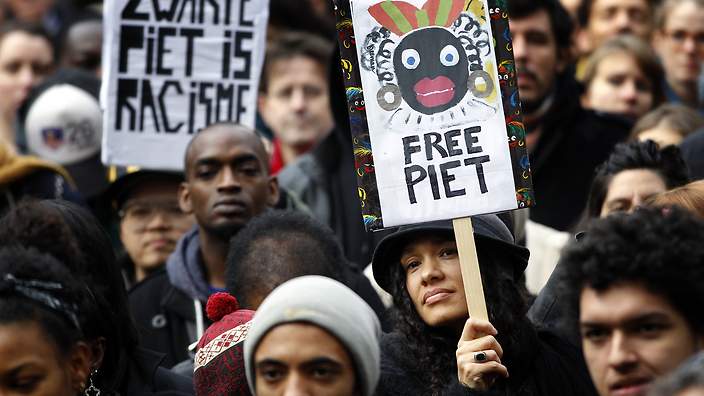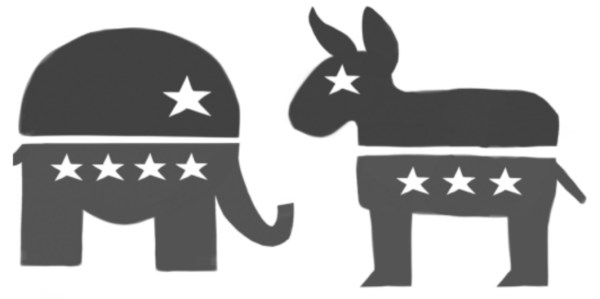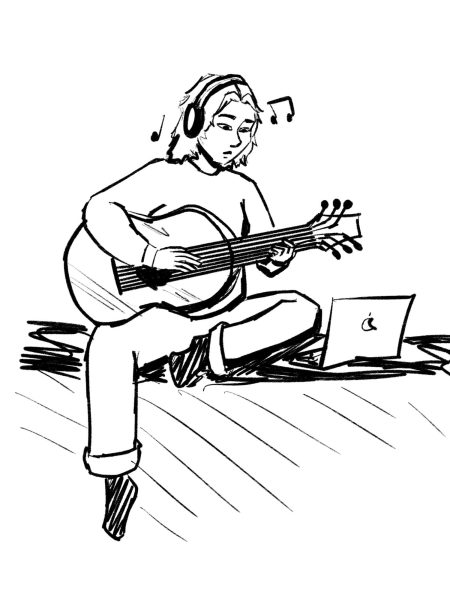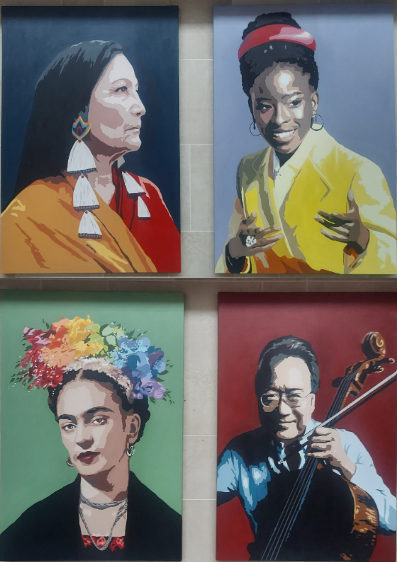Zwarte Piet: Blackface, Racism in the Netherlands
Demonstrators hold signs reading “Black Pete is Rascism” and “Free Black Pete” during a demonstration against Zwarte Piet (Black Pete) in Amsterdam, on November 16, 2013. Zwarte Piet is the companion of Saint Nicolas during a yearly feast celebrated on the evening of December 5th.
December 22, 2016
While winter in Minnesota is usually pretty calm and frozen, in the Netherlands the debate has been heating up around a controversial holiday character. Saint Nicholas Day, celebrated on the 6th of December, is arguably more important than Christmas in the Netherlands, Belgium, Luxembourg, and parts of France. But, in recent years, there has been a great deal of controversy around Saint Nicholas’ helper: Black Pete (Zwarte Piet in Flemish).
Pete is traditionally Nicholas’ helper who punishes the naughty children and carries the gifts, but he also wears blackface. Usually, Pete wasn’t even mentioned because Nicholas used to do everything alone.
However, this changed in the mid-1800s. Dutch writer Jan Schenkham published a famous children’s book about Saint Nicholas in which Zwarte Piet was officially introduced. There was concern about Saint Nicholas’ image because he most often also administered punitions for naughty children, which conflicted with the idea of sainthood. So, another character was created, separate from Nicholas, whose “otherness” came to be characterized by the color of his skin and that was intended to scare small Dutch children.
Zwarte Piet was depicted as a Spanish Moor, and was depicted with exaggerated stereotypical Moorish features: an afro wig, big lips, and earrings. Piet became an integral part of the parades and folklore.
But as the Netherlands became more diverse in the 1950s because of migrants from former colonies, people started voicing discomfort at what Pieter suggested. Even though Zwarte Piet’s presence had previously been contested they argued the idea that a black man was to help anyone was unacceptable, especially since ten percent of the Dutch population was of African descent.
The Netherlands struggled with the idea of blackface for a long time. People who had grown up with Zwarte Piet and the treats he threw during parades were scared of losing part of their traditions, so changes were met with a lot of resistance. The first sign of change was to say that Piet was actually covered with soot from going through chimneys to give gifts, but this still did not explain his racist hair, his completely black face, and his Moorish earrings.
All the while, Zwarte Piet became a racist slur. According to Marthe van der Wolf, a Dutch reporter, “Probably every black person in the Netherlands has been called a “Black Piet” at least once in his or her life.”
The Dutch Government has been resistant to the idea of acting to change Zwarte Piet, as they are wary of modifying their country’s traditions. Also, as a survey revealed recently, 90% of the Dutch public does not associate Piet with a racist figure. Therefore, it came as no surprise that the highest court in the country announced that it “cannot and will not answer” the question of whether Black Pete breaches Dutch anti-discrimination law, even though the UNESCO’s chair of experts denounced it in a conference in 2013.
However, there has been progress in the cause to change Zwarte Piet, with large cities starting to adopt a variant of Piet, adopting Chimney Pete, who is more obviously covered with a bit of soot and does not exhibit the stereotypical features found offensive. This year, Amsterdam replaced all their Black Petes with Chimney Petes.
Piet is still a point of contention, and many critics are quick point out the government’s reluctance to intervene. But the Dutch’s difficulties to deal with blackface illustrates the more global struggle of colonial and slave-trading countries to balance their traditions with the new limits on what is acceptable when portraying race.
































